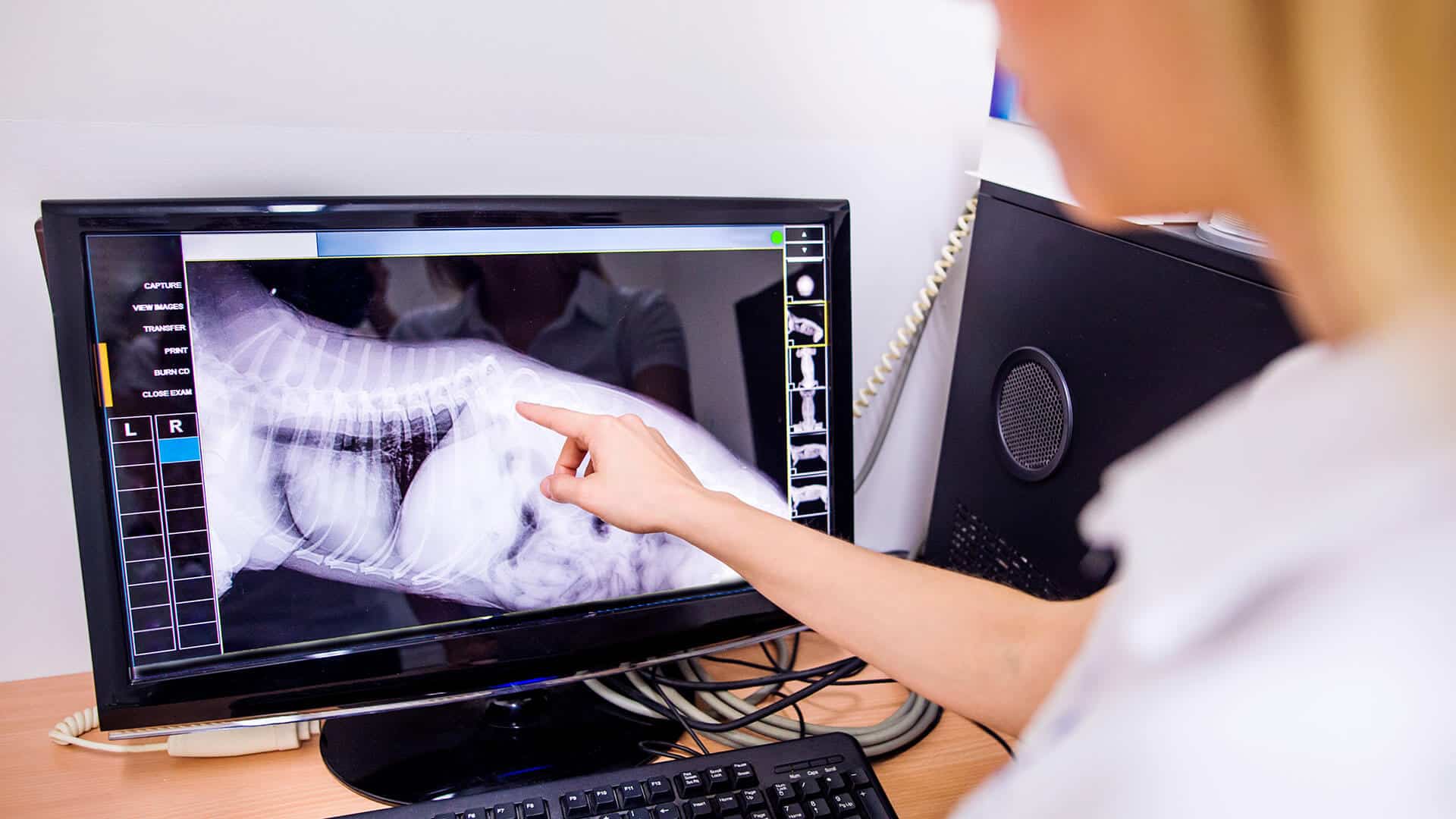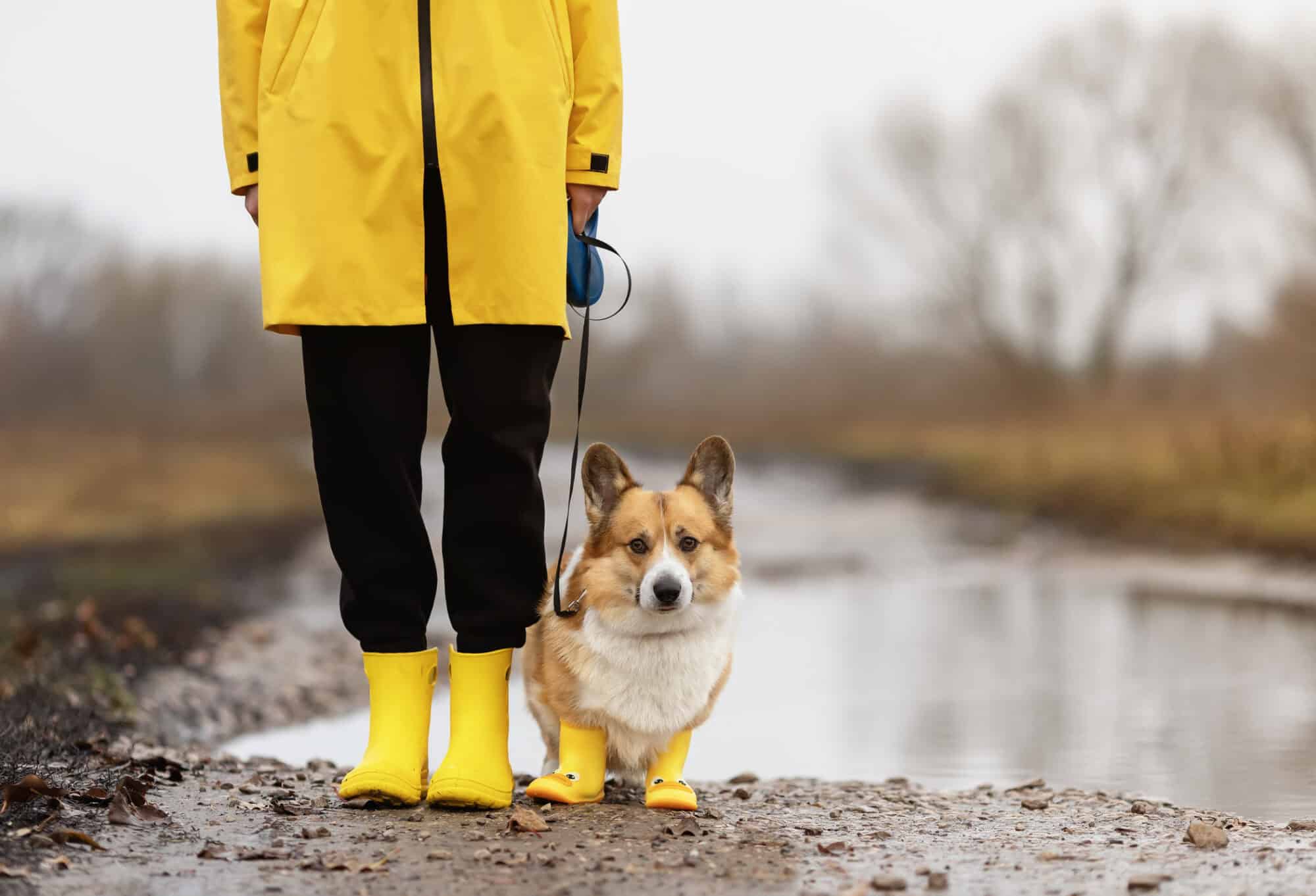The Dangers of Standing Water: How Puddles and Ponds Can Harm Your Pet


After a good rainstorm, your dog might be tempted to dive headfirst into a puddle, or your cat may sneak a drink from an outdoor water bowl. While these little moments seem harmless, standing water can be a hidden hazard for pets. At Animal Care Unlimited, we want to keep your furry companions safe by shedding light on the standing water dangers for pets lurking in puddles, ponds, and other stagnant water sources.
What’s Hiding in That Puddle? Bacteria, Parasites & More
Standing water may look innocent enough, but it’s often teeming with microscopic troublemakers. The longer water sits without movement, the more likely it is to become a breeding ground for bacteria, parasites, and other harmful organisms.
Here’s what could be floating in that murky mess:
- Leptospirosis. This dangerous bacterial infection, often found in stagnant water, can cause serious illness in dogs. Leptospirosis in dogs may lead to kidney and liver damage and can even be transmitted to humans.
- Giardia and other parasites. Parasites in standing water can wreak havoc on your pet’s digestive system, causing vomiting, diarrhea, and dehydration.
- Algae and toxins. Some ponds and slow-moving water sources develop blue-green algae, which can release highly dangerous toxins—even fatal—to pets.
- Mosquito larvae. Mosquitoes love stagnant water, and their bites can transmit heartworms and other harmful diseases.
Bottom line: That innocent-looking puddle may be hiding more than just rainwater. Even a quick splash or a sip can expose your pet to dangerous bacteria, parasites, and toxins. It’s always better to err on the side of caution and steer clear of standing water whenever possible.
Waterborne Diseases in Pets: How They Spread and Symptoms to Watch For
Pets don’t need to drink dirty water to get sick. Simply walking through a puddle or splashing in a pond can expose them to harmful pathogens. Bacteria in puddles can enter through a pet’s paws, nose, mouth, or even small cuts in their skin.
Watch for these symptoms if your pet has been around standing water:
- Lethargy or sudden fatigue
- Fever or chills
- Vomiting or diarrhea
- Loss of appetite
- Increased thirst or urination (a possible sign of leptospirosis)
- Yellowing of the skin or eyes (a sign of liver distress)
Contact Animal Care Unlimited immediately if your pet shows any of these symptoms. Prompt treatment can make all the difference.
Keeping Pets Safe from Dirty Water: Prevention Tips
While you can’t control every puddle your pet encounters, you can take steps to protect them from stagnant water pet risks.
Here’s how:
- Avoid puddles and ponds during walks. Stick to dry areas or well-maintained trails to reduce the chance of exposure.
- Bring your own water. Encourage your pet to drink from a clean water bowl instead of looking for their own “mystery source.”
- Watch for signs of illness. Early detection of waterborne diseases in pets can prevent serious complications.
- Keep up with vaccinations. Leptospirosis is a preventable disease, and the vaccine can help protect your dog from infection.
- Inspect your yard. If you have standing water in your backyard, take steps to remove it to prevent mosquito breeding and bacterial growth.
A little prevention goes a long way. By keeping your pet away from stagnant water and scheduling regular wellness visits, you can significantly reduce their risk of illness. A few simple precautions can mean the difference between a happy, healthy pet and an unexpected trip to the vet.
Schedule a Checkup With Our Team at Animal Care Unlimited
At Animal Care Unlimited, our team provides services to keep your pets safe from common (and not-so-common) health risks. If your pet has been exposed to standing water or is showing signs of illness, don’t wait—call us today at (614) 766-2317 to schedule an appointment. We’re here to provide peace of mind for you and expert care for your furry family members.
